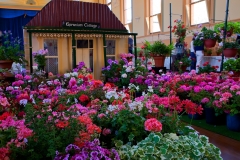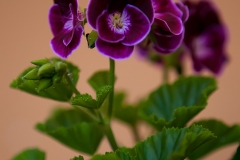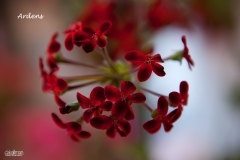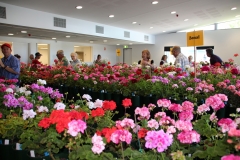SOUTH AUSTRALIAN GERANIUM & PELARGONIUM SOCIETY INCORPORATED
To promote and encourage the growing of all members of the Geraniaceae family of plants, in particular, Pelargoniums and Geraniums.
Caring for Pelargoniums in Australia
| February |
|
| March |
|
| April |
|
| May |
|
| June |
|
| July |
|
| August |
|
| September |
|
| October |
|
| November |
|




